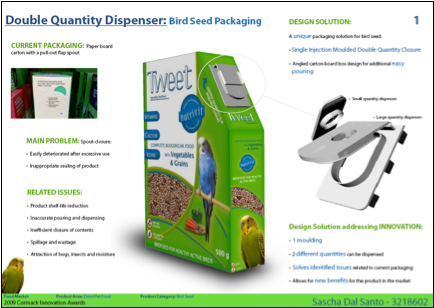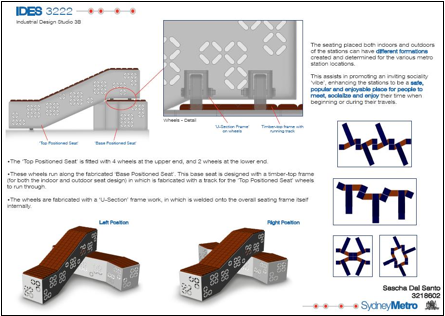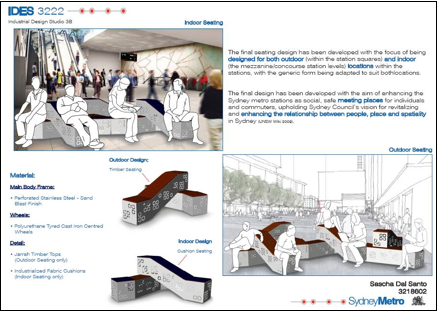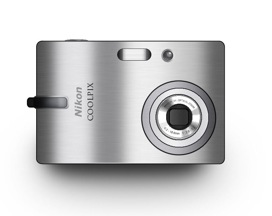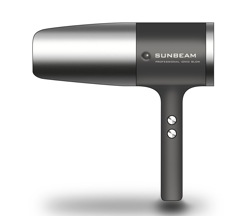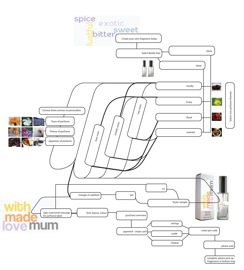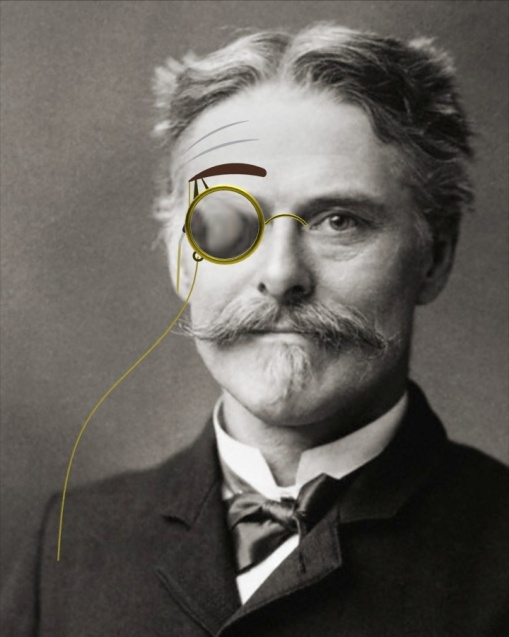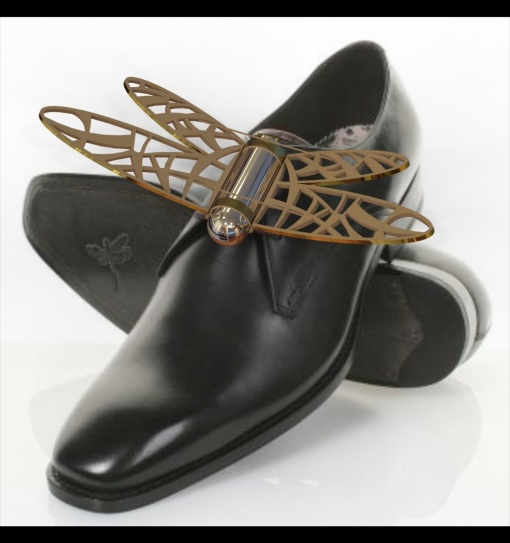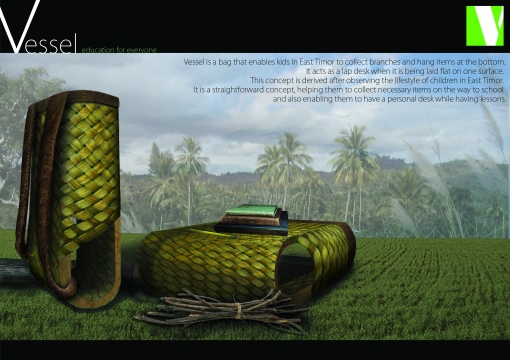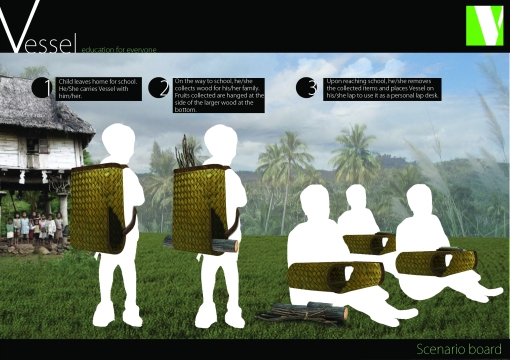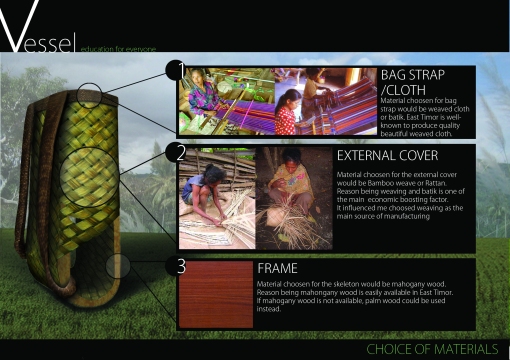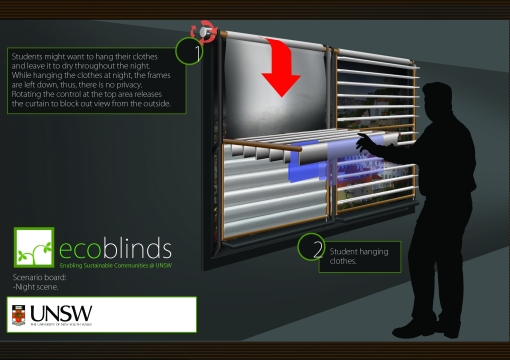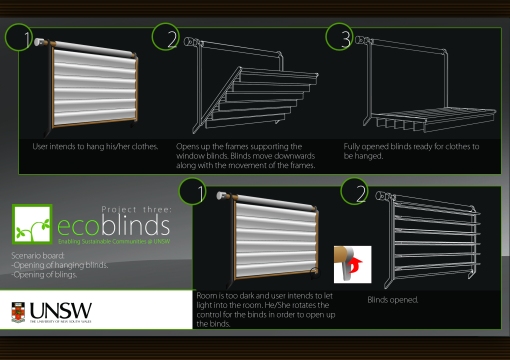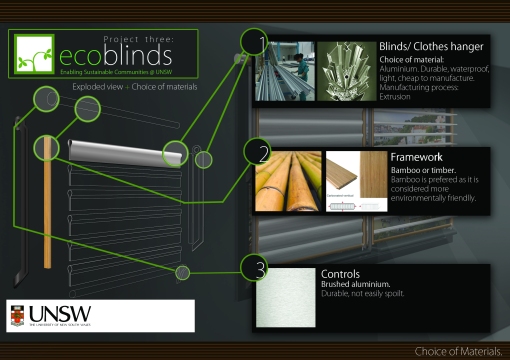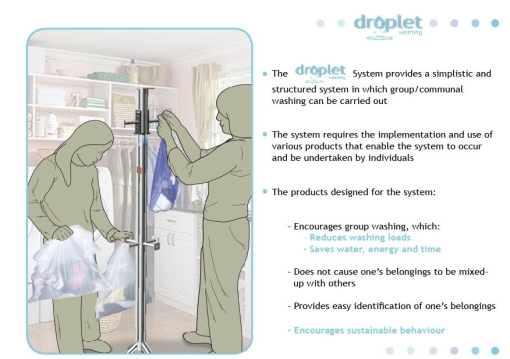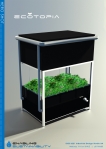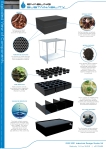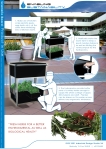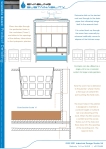You would have thought that by 3rd year, life would be calmer, you’d be more settled down, and generally you’d be a well developed designer. Well, almost.
It’s still as intense and thought provoking as ever, Studio 3A and third year Industrial Design in general is where we add the technical layer to our design process & where we actually broaden our perspectives. No more fluffing about with dotty forms, we’ve got enough knowledge and experience to be creating real world products and that’s what we do, we create products. But it’s not only about that. We as Industrial Designers are at heart problem solvers, we just like to add that little bit of creative license to it.
As my tutor succinctly put it, we are ‘Agents of Change’. Sustainability and Cradle-to-Cradle processes are popping up all around us. Our aim should be to provide for those who live below the poverty line, for that other 90 percent is in fact a massive market that organisations can not only help to transform but potentially utilise when increasing their consumer base. There are barriers of course, political and economic being a prominent pair, but look how far we’ve come since the Industrial Revolution. We carry our lives on media devices yet there are people who live on less than $1 a day who can actually carry all their belongings with them on the bare of their back.
It’s not all about helping companies offload their manufacturing to China because it’s cheaper yet at the same time increasing the ecological costs of transportation. It’s not about utilising the most cutting edge technology to solve simple problems where ‘appropriate technology’ is economically within reach, is ecologically aware, and is socially responsible through the utilisation of local labour and resources. It’s not about creating that margin of profit where your products will become obsolete just in time for your next batch of products to be rolled out, contributing to the waste stream and giving someone on the other side of the world pittance for their livelihood that helped to create your object. Look at the world around you, look at the problems that burst out of every nook and cranny, and ask yourself, would I be willing to tackle those problems so that we do not run in intergenerational debt of resources with regards to our home, the Earth? Do I want to transform the lives of others, and make a difference? And whilst it seems somewhat idealistic, what you gain from Industrial Design, is a skill set, and knowledge that allows you to do what your heart desires.
Solve Problems.
That’s what our aim is in Studio 3A. By combining our knowledge of form manipulation, appropriate technology applications, materials and manufacture as well as our recently acquired understanding of consumer behaviours and systems thinking. There were two main projects this semester, one concerned developing a solution for a specific Millennium Development Goal for a particular region and the other was to enable sustainable communities on campus.
On the one hand with the MDG, we were trying to develop solutions for people half way around the world and that’s really hard when you can’t get first hand experience of what they’re going through. It’s one thing to get publication sources that state ‘facts’, it’s another to really try to ‘walk in their shoes’ and bring aid to their lives. My MDG was to reduce the child mortality rate in India and below you’ll be able to see that there are many factors that lead to the end result – death. Soap , something we take for granted but can save those childrens’ lives, is what my product produced. Basically my solution dealt with it by creating a make it yourself “Soap Box” where families would turn their waste ash and oil from cooking into soap. This project was rather intense as I found a real drive to try and figure out a solution to the problem; of course it still needs further refinement but still, an awesome project that broadened my perspectives.
-

-
Scenario Board
-

-
Word Flow Chart
-

-
Render board
-
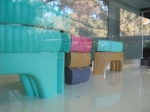
-
Worm farm
Enabling sustainable communities happened right in our backyard, which was quite a change. It’s a lot different when you can interact with your client, get their feedback, get a first hand recount of what their needs are, what little details are needed, what they would like to see happen. Having a problem where the client is your tutor is different to one where your client happens to be a real person (not that our tutors aren’t real people …), let alone a child care centre. So for the childcare centre, we were dealing with issues of paper and food waste, child safety and energy consumption, water issues and generally trying to promote sustainable behaviours. Learning about consumer’s behaviours, which happened to be one of our courses for this semester, certainly helped out. Behaviour is affected by not only our thinking side, but our emotional side, it’s driven by the people around us, ourselves as well as incentives which make things much more appealing. So for me, I aimed to bring about sustainable behaviours by letting the kids have fun. How? Worm Farming! Kids love highly saturated objects, they love objects that tantalise their developing sensory perceptors and they love getting dirty! Or rather, they don’t mind getting dirty as much as the grown ups do.. So I developed a fun, yet functional worm farm that aimed to create a bond with the kids as they mixed learning and playing into their daily routine. You can see some of the renders below as well. Oh, and making the model required me to learn the black art of casting.
Model making is ridiculously fun, just don’t leave it too late, something after 3 years I still haven’t gotten a grasp of, ha! It can get messy, it can get ridiculously expensive, but at the end of the day, you’re investing in your career through the development of skills so it’s always worth the effort.
Anyways, that’s about it from me. You learn a lot doing design, you really develop as a person and you can have heaps of fun as well. So if you’re ready for a challenge, you know what to do.
